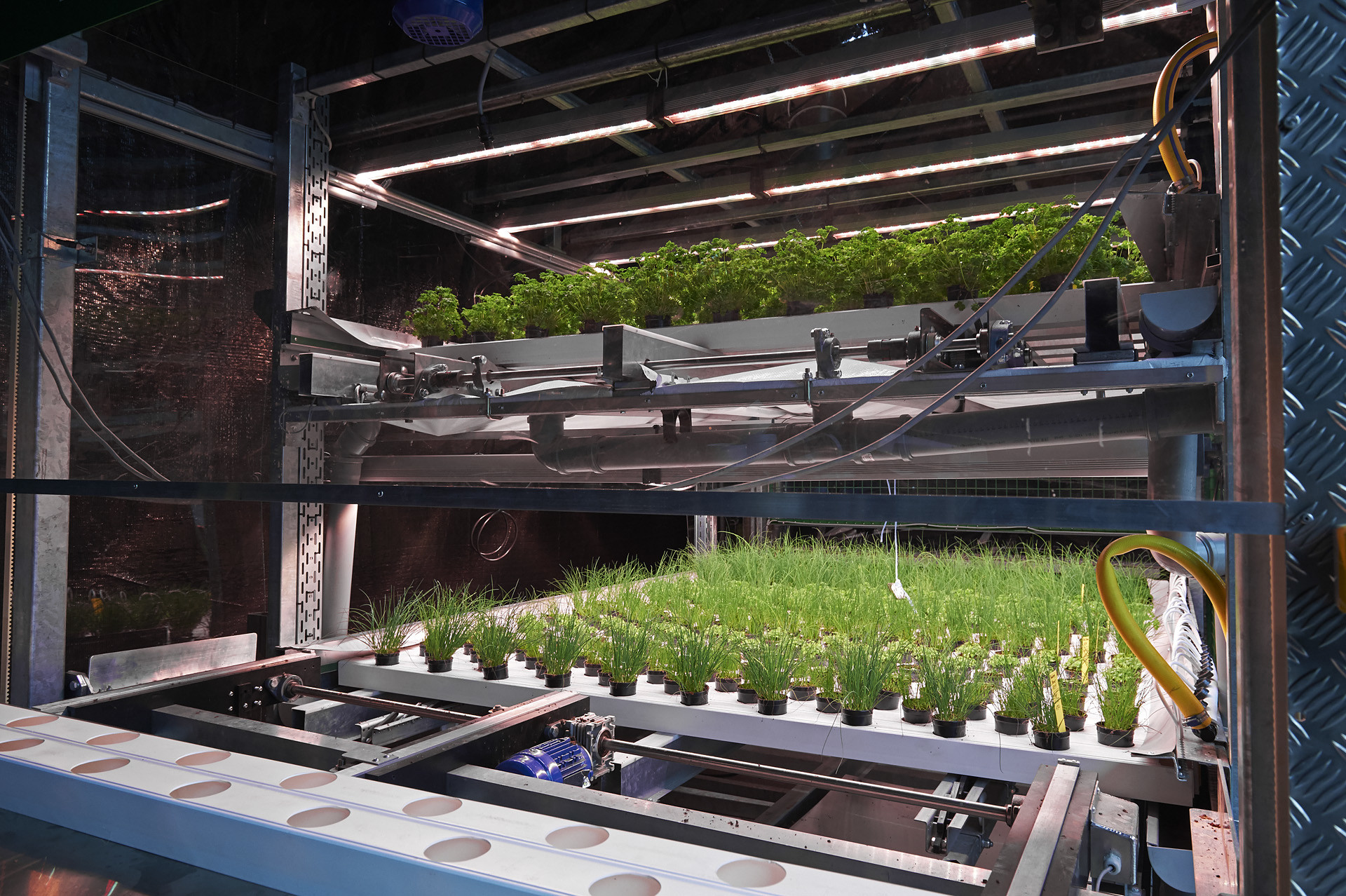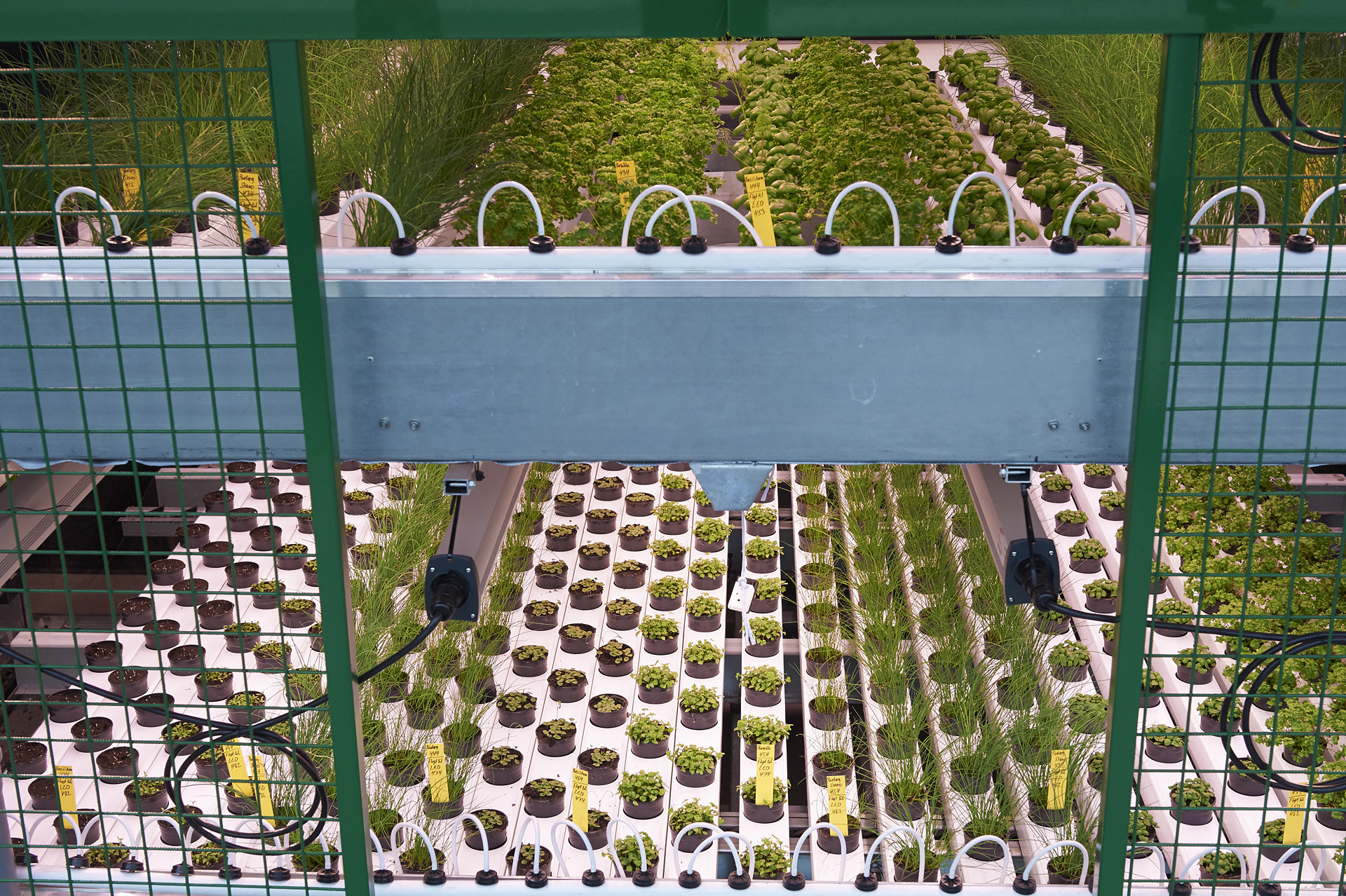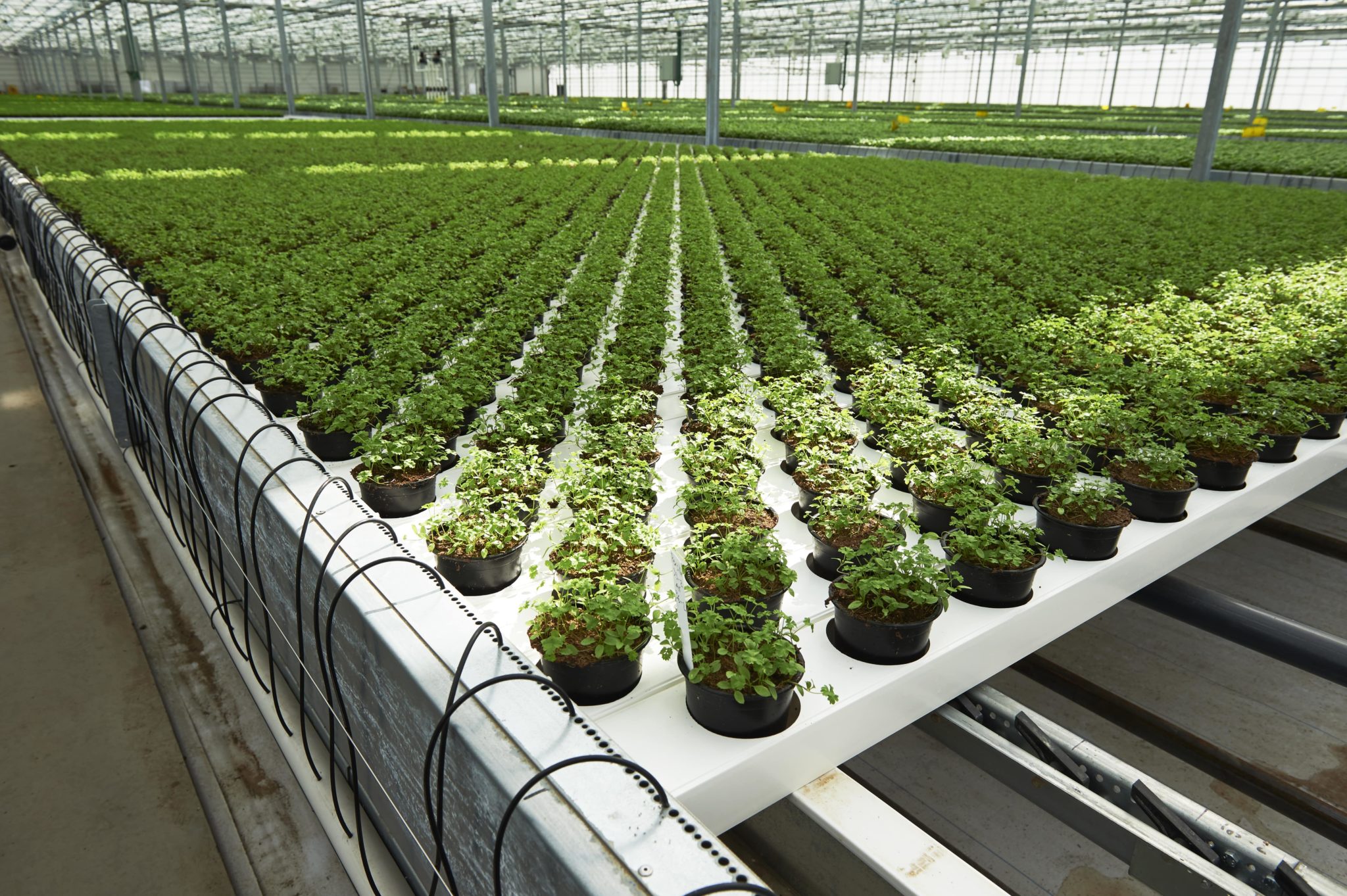Future Trends In Vertical Farming
At Viemose DGS, we believe the future of Vertical Farming holds exciting prospects as the intersection of technology, sustainability, and agriculture continues to shape innovative solutions for feeding a growing global population.
Vertical Farming Systems have in particular gained attention due to their potential to address issues such as land scarcity, water conservation, and the ability to produce food in urban areas.
In this article, we have made an effort to examine what lies ahead for Vertical Farming. As we look into the future, we believe several key trends are poised to define the trajectory of Vertical Farming.
What is Vertical Farming?
Vertical Farming has revolutionized plant cultivation through the utilization of stacked layers or structures, fundamentally changing traditional farming techniques. This innovative approach integrates advanced technologies like hydroponics, facilitating plant growth without soil, and aeroponics, which suspends plants in the air and nourishes their roots with nutrient mist.
By embracing these advanced techniques, Vertical Farming creates controlled environments where variables such as light, temperature, and humidity are meticulously regulated to optimize plant growth. This precision agriculture method allows crops to thrive more efficiently compared to conventional soil-based farming practices.
Additionally, Vertical Farming maximizes space utilization by vertically stacking crops, thereby increasing the available growing area within a confined footprint. This spatial efficiency is particularly advantageous in urban environments where arable land is scarce.

Increased Automation of Processes in the Future
At Viemose DGS we foresee a future where advancements in automation and artificial intelligence are set to revolutionize the efficiency of Vertical Farming operations. From smart sensors monitoring crop health to robotic systems handling planting and harvesting, these technologies promise increased precision and reduced labor costs.
The integration of real-time data analytics and machine learning further enhances decision-making processes, optimizing environmental conditions for optimal crop growth.
One of the critical components driving the evolution of vertical farming is the continuous improvement in lighting technology. LED systems, in particular, are becoming more sophisticated, offering not only energy efficiency but also the ability to customize light spectra for different crops. This precision in lighting can significantly improve photosynthetic efficiency, fostering better yields and resource utilization.
Greater Variety of Crops with Vertical Farming Systems
The future of Vertical Farming is likely to witness an expansion of the variety of crops cultivated in vertical systems. Beyond the staple leafy greens and herbs, researchers are exploring ways to adapt different fruits and vegetables for vertical growth.
This may involve the development of new crop varieties or genetic modifications to optimize growth within the confines of vertical farming environments.
To address concerns about resource usage, Vertical Farming is expected to incorporate innovations in growing mediums. Researchers may explore sustainable alternatives to traditional soil, such as advanced hydroponic or aeroponic systems. This not only maximizes resource efficiency but also minimizes the environmental impact of farming practices.

Sustainability as the Driving Force in the Future
Sustainability remains a key driver for the future of Vertical Farming. Integration with renewable energy sources, such as solar and wind power, can reduce the carbon footprint of vertical farms. This commitment to environmentally friendly practices aligns with the broader movement towards greener, more sustainable agriculture.
As urbanization continues, Vertical Farming is likely to become an integral part of urban planning. Vertical farms integrated into buildings and urban infrastructure could contribute to food security, reduce transportation emissions, and foster more sustainable and resilient cities.
The adoption of Vertical Farming will probably extend beyond urban areas to address food production challenges in various climates and regions. This will contribute to global food security by providing a reliable and efficient means of producing fresh produce.
Increased Scalability thanks to Vertical Farming
The commercial viability of Vertical Farming is also set to improve, with larger-scale operations becoming more common. This scaling up of vertical farms may result in an expanded market for vertically farmed products, making fresh, locally produced food more widely available and accessible.
Moreover, we believe that Vertical Farming will increasingly collaborate with traditional agriculture to create hybrid systems that combine the strengths of both approaches, optimizing resource use and enhancing overall food production.

Key Takeaways in the Future of Vertical Farming
The following takeaways reflect the multifaceted nature of the anticipated developments in vertical farming, encompassing technology, sustainability, crop diversity, market dynamics, data utilization, and collaborative efforts for industry growth.
Companies and stakeholders in the Vertical Farming sector may find strategic opportunities by aligning their practices with these emerging trends.
- Technological Advancements: Ongoing tech innovations, such as automation and AI, will significantly enhance vertical farming efficiency.
- Crop Diversity: Vertical Farming is expected to shift towards cultivating a diverse range of crops, potentially including fruits and high-value produce.
- Market Expansion and Urban Integration: Vertical Farming will expand into new markets and integrate into urban settings to meet the demand for locally sourced, fresh produce.
- Data-Driven Decision-Making: The future of Vertical Farming will involve a data-driven approach, utilizing analytics for resource optimization and operational efficiency.
- Collaboration and Knowledge Sharing: Industry collaboration and knowledge-sharing initiatives will be crucial for driving innovation and fostering a shared understanding of challenges and opportunities.
Vertical Farming – The Future of Farming
As the industry continues to mature, we expect Vertical Farming to play a significant role in addressing global food security challenges. Companies in the Vertical Farming sector should remain agile, staying updated on emerging technologies and market demands while maintaining a commitment to sustainability and efficient resource use.
At Viemose DGS, we are dedicated to leading this charge, ensuring that our practices evolve with the industry to meet the growing needs of our planet. Together, we can build a future where Vertical Farming not only sustains our global population but also fosters a healthier, more sustainable world.
FAQs on The Future of Vertical Farming
How will vertical farming systems adapt to support the cultivation of a broader variety of crops, including fruits and vegetables, beyond leafy greens and herbs?
Vertical Farming Systems will support a broader variety of crops, including fruits and vegetables, through the development of new crop varieties and potential genetic modifications. Researchers are exploring how to adapt different crops to the controlled environments of vertical farms.
This may involve creating varieties specifically suited to Vertical Farming’s unique conditions or modifying existing ones to enhance their growth and yield in such settings.
Additionally, advancements in growing mediums, such as hydroponic and aeroponic systems, will play a crucial role in efficiently supporting diverse crop cultivation.
What are the key challenges and potential solutions for integrating vertical farming into urban infrastructure to enhance food security and sustainability?
Integrating Vertical Farming into urban infrastructure presents challenges such as space constraints, high initial costs, and the need for renewable energy sources.
Solutions to these challenges include designing modular Vertical Farming systems that can be incorporated into existing buildings, reducing the carbon footprint by using renewable energy sources like solar and wind power, and leveraging public-private partnerships to share costs and resources.
Successful integration can enhance food security by providing fresh, locally sourced produce, reducing transportation emissions, and creating more sustainable and resilient urban environments.





